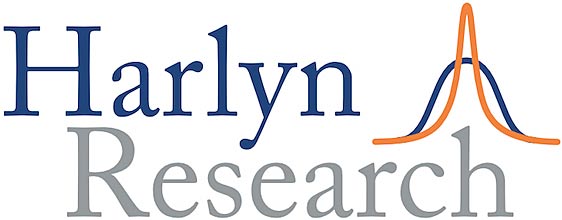Triple-Leveraged Cash
Friday, April 21st, 2023With apologies to Bloomberg Surveillance
Most institutional investors are not allowed to use leverage in their portfolios, which is a pity, because one of our models, which switches between a 100% leveraged portfolio of US equities and cash, has outperformed the S&P500 since inception in 1996. It has exactly the same as inputs and rules as all our other asset allocation models and it produces better absolute and risk-adjusted returns than 100% equity exposure, with a smaller drawdown. It also beats our equity/bond model, but is not as risk-efficient. This disproves the theory that investors cannot use timing to beat the market. They can, if they have a margin account, and know how to use it. For most of the last 30 years, this result could be dismissed as a curiosity because a mixed equity/bond portfolio did so well. In particular, bonds rose when equities fell. But if equity and bond returns stay positively correlated – as they currently are – for an extended period of time, institutional investors may need to explore the opportunities created by cash and leverage strategies.
PURCHASE ALL ACCESS PASS
Already hold an All Access Pass? LOG IN
